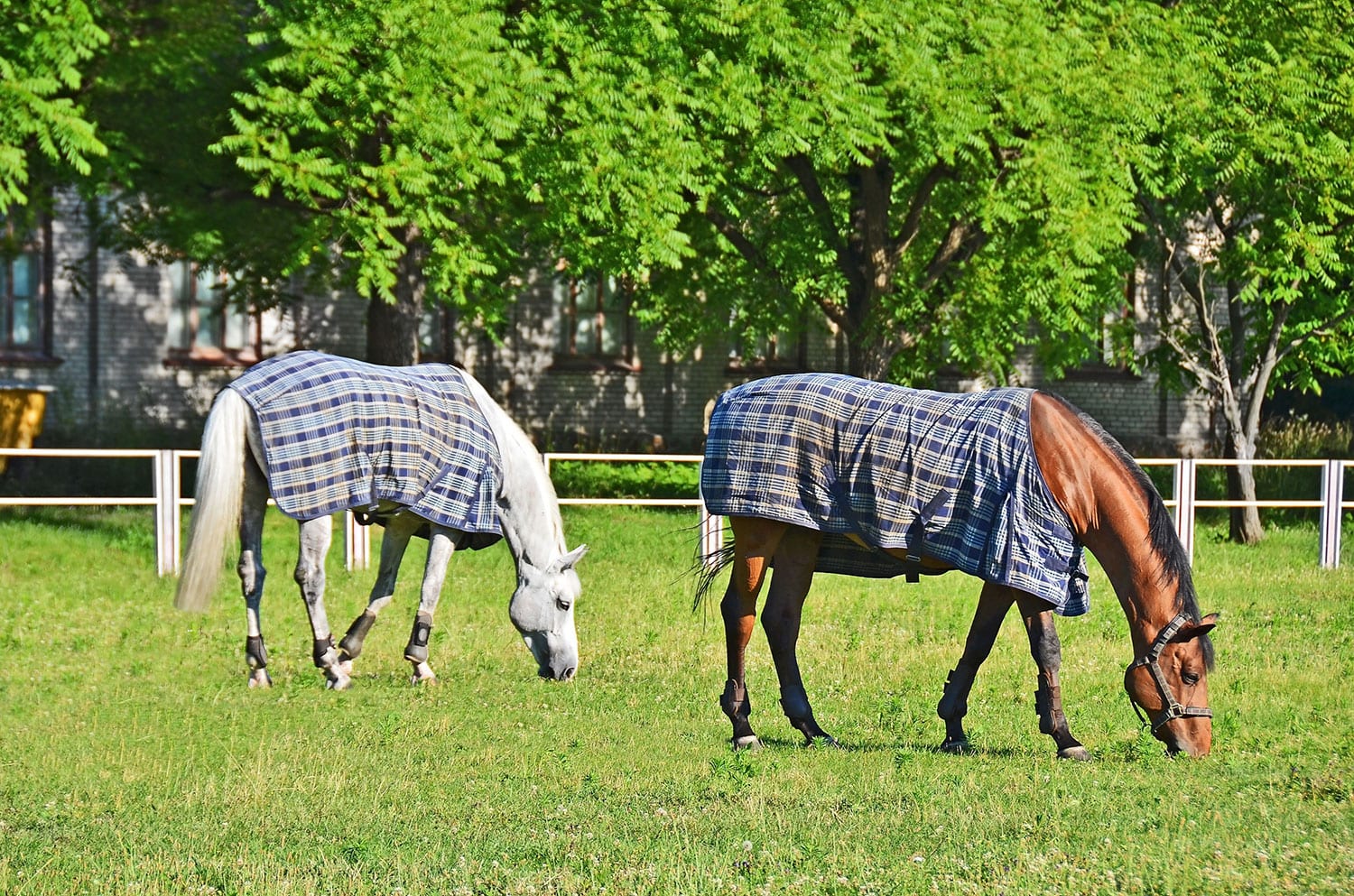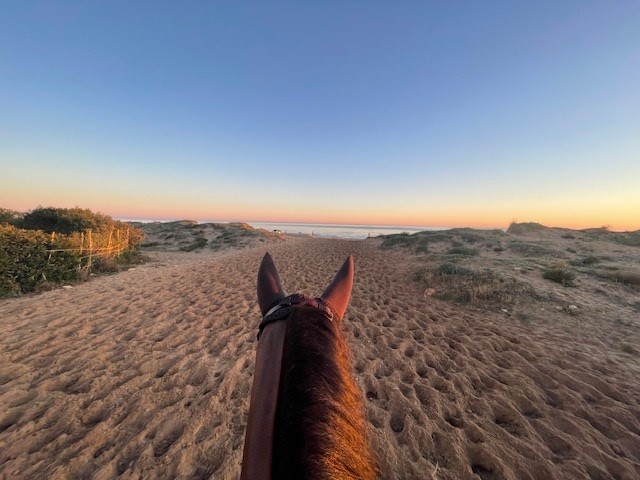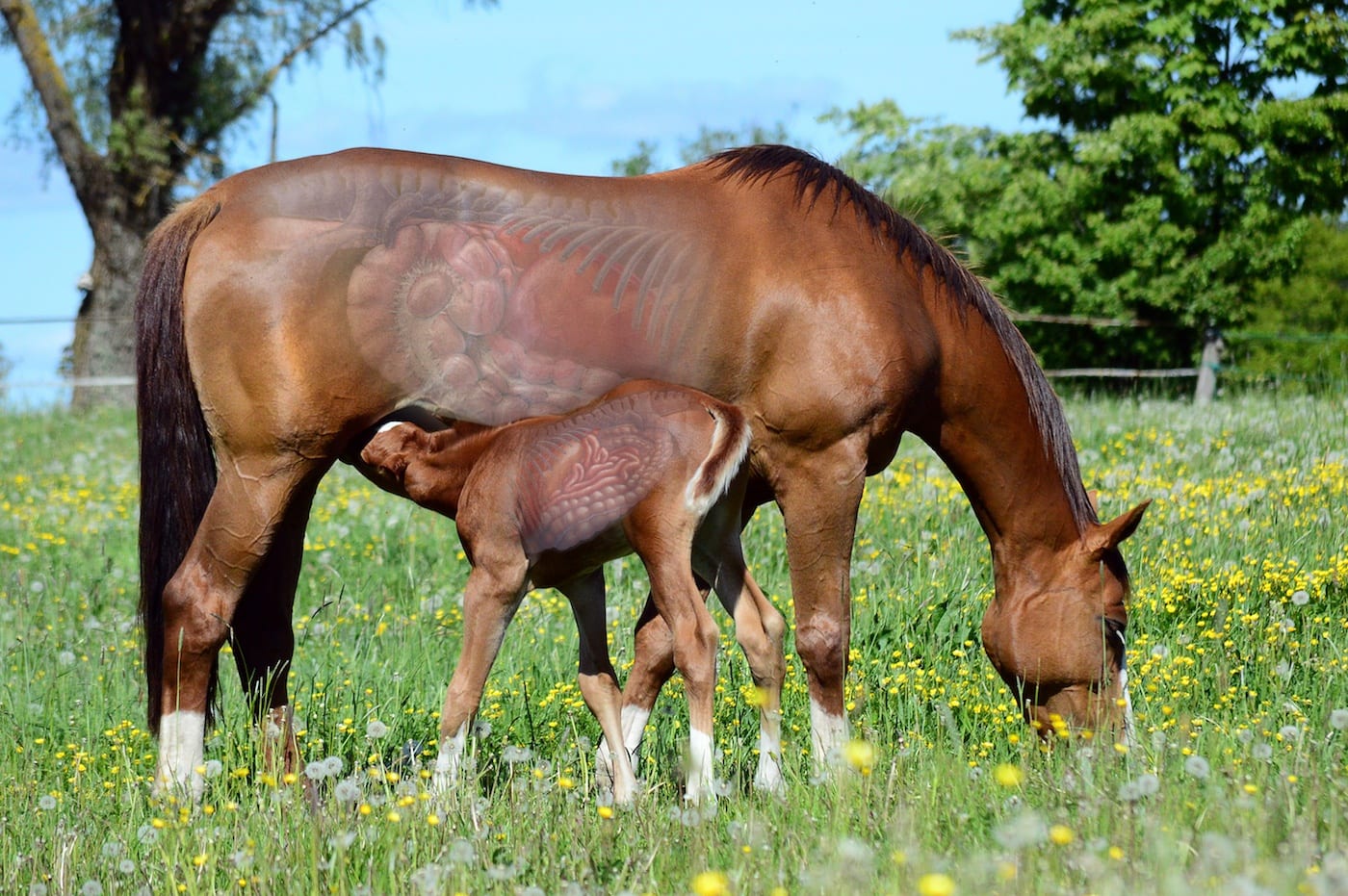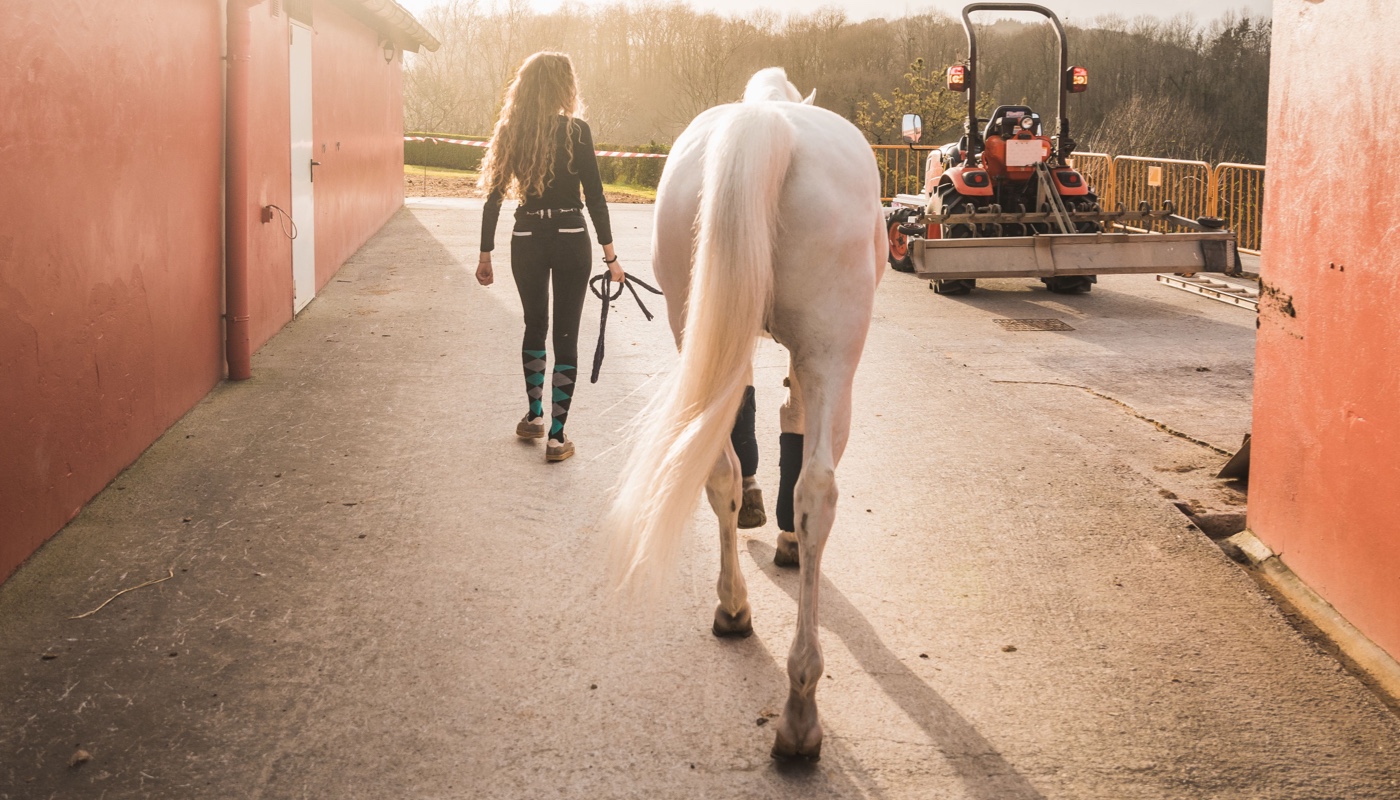What is your mental image of a normal horse? For the serious equestrian it may include a BCS of 4.5, a well-muscled topline, a sleek hair coat, well-groomed mane and tail, clipped face, ears and legs, sparkling white chrome and deep, lustrous color. The horse is pleasant, attentive and responsive in its stall and under saddle with quiet, respectful ground manners. When ridden, it is sure-footed, strong, supple, collected and agile.
While this may sound like the ideal performance horse, this vision doesn’t come without cost to the horse.
The lengths we go to attain this healthy, sound, successful horse are not normal for the horse biologically or socially.
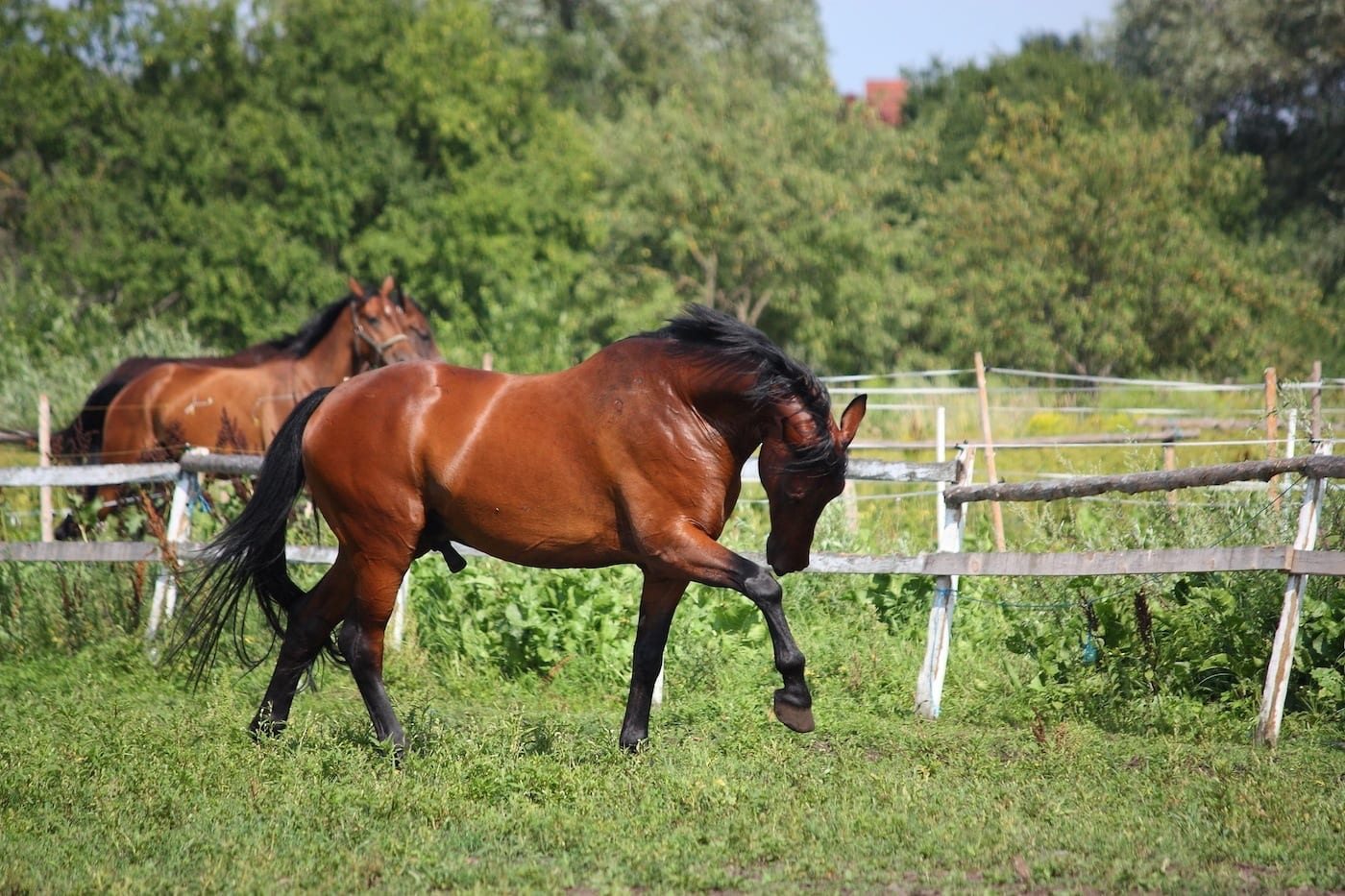
- Confinement is not normal.
- Isolation from a herd family is not normal.
- Feeding grain is not normal.
- Regular, strenuous exercise is not normal.
- Trailering for hours is not normal.
- The show environment is not normal.
Elementary Digestive Health and Nutrition in Horses
In an ideal world, we would offer:Forage always.
Free-access to a variety of rough, fibrous feed is ideal for both nutrition and proper digestive function. The GI tract functions best with constant chewing and a steady trickle of grass or hay; without that health is compromised.Unrestricted turnout.
Plenty of room for slow, constant and safe movement while grazing and socializing with other horses. Lack of space to move and escape other horses contributes to injury risk, social stress and can affect GI function.Little to no grain feed.
While often used, sometimes necessarily, for increased calorie intake and nutrition, grain feeds are hard on the equine GI system. It prioritizes fermenting fiber in the hindgut, not digesting starch and sugar in the foregut.Light work only.
Naturally, horses roam slowly over many miles per day and only use short bursts of speed to escape predators. The strain of training and exercise, not to mention traveling and competing, challenge normal digestive health. For many reasons, though, we either don’t, can’t or won’t manage our horses within this model. The fact remains that these elements are what we need to ensure a higher level of well-being for our horses. Or, we at least need to take steps to counteract the negative effects when management options are limited.Balancing Performance Needs with Health Concerns
Caring for horses, especially show horses that need to perform and compete at higher levels, is a constant balancing act. We have good reasons to keep them stalled and isolated:- Avoiding injury from fences, obstacles and other horses.
- Easy access for grooming, exercising, blanketing and other care.
- Protection from sun and insects.
- Personality and gender management.
- It’s easier to keep a watchful eye on them.
- Hay or grazing alone isn’t enough for horses in training.
- It’s often cheaper and more convenient.

Why a Return to Natural Care is Better for Performance Horses
Let show horses be horses. Providing constant forage, increased turnout with buddies and less grain feed benefits health significantly. And in addition to the digestive and overall health benefits, it also pays in terms of trainability. In a great article for Equus Magazine on turnout injury risk in summer, prolific writer and horse health advocate Fran Jurga shares:“The scientific literature is a gold mine for resources that equate turnout time with improved health and well-being in horses. Studies have connected dots between stereotypic behavior and lack of turnout. “Horses with adequate turnout opportunities are often easier to control and train, a point often stressed by British dressage rider Carl Hester, who is bold enough to turn Olympic gold-medal winners out, and to even ride them on the trail. “Turnout time may even directly benefit a horse’s musculoskeletal health; horses with turnout time had measurably superior bone density to those who stood in stalls all day.”Other studies show that pastured horses adapt to training more quickly, as well. Here’s more reading on this topic:
- Behavioral and physiological responses of horses to initial training: the comparison between pastured versus stalled horses
- Don’t fence me in: managing psychological well being for elite performance horses
- Identifying causes and preventing injuries to horses

